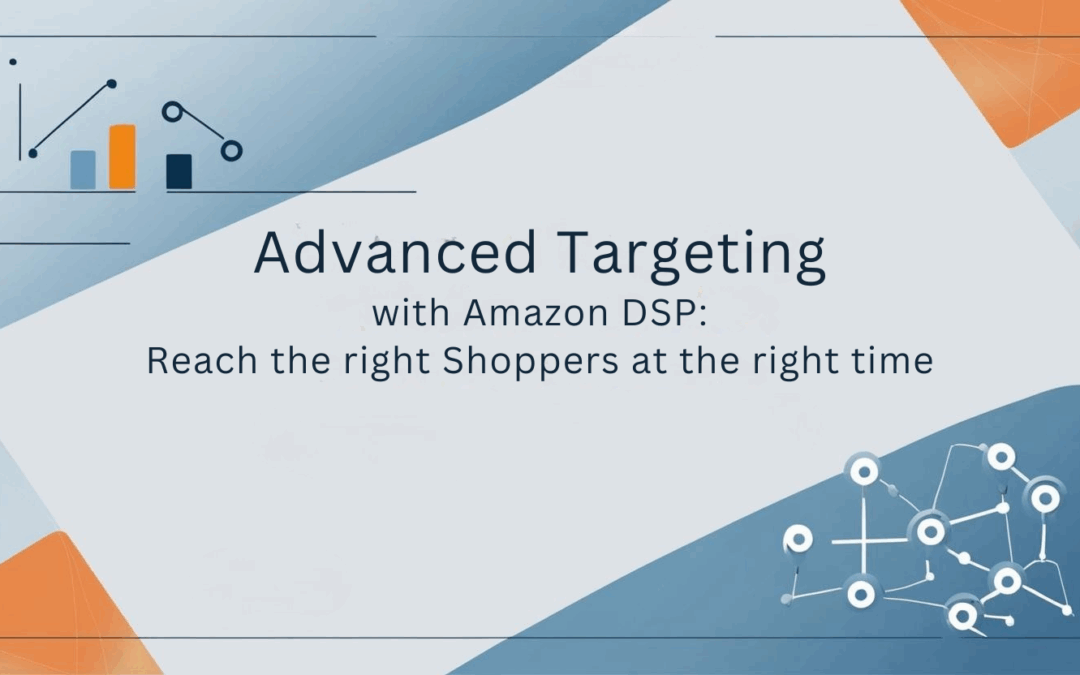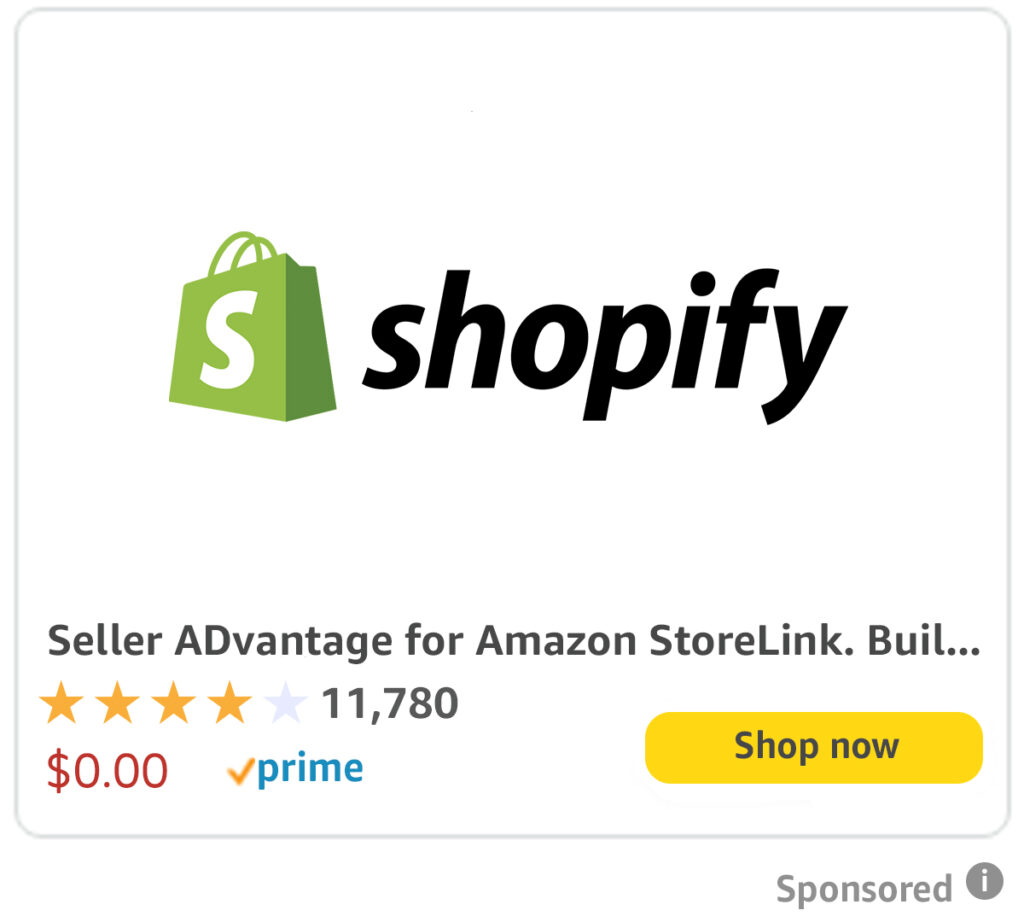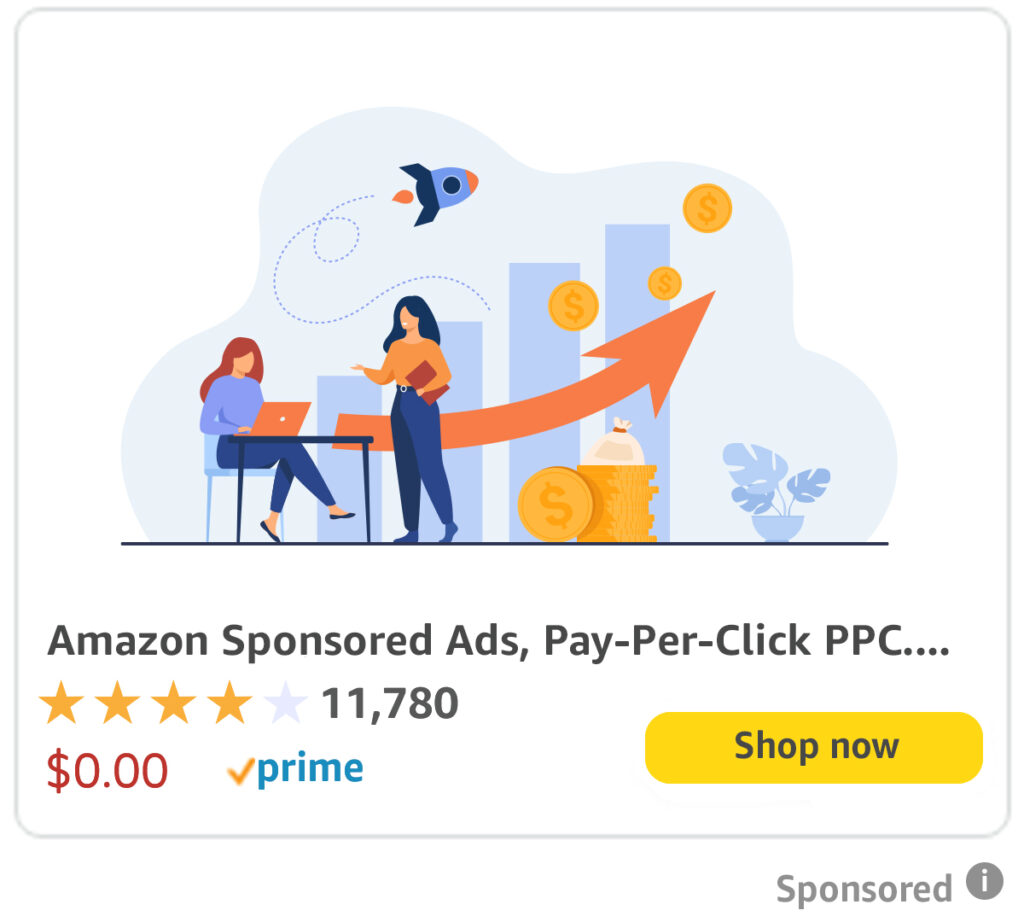Read More
Step-by-Step on SellerADvantage.co.uk
Read on LinkedIn
Read on Medium
Watch on YouTube
Advanced Targeting with Amazon DSP: Reach the Right Shoppers at the Right Time
In today’s hyper-competitive e-commerce landscape, simply bidding on keywords in Amazon PPC campaigns may not be enough to drive sustained growth and profitability. As more sellers enter the marketplace, the cost of generic advertising tactics continues to rise, making it increasingly difficult to stand out. Enter Amazon DSP (Demand Side Platform): a programmatic solution that allows advertisers to access Amazon’s audience data, ad inventory, and machine-learning algorithms at scale. With DSP, brands can reach shoppers both on and off Amazon, leveraging precise targeting and dynamic creative optimization to deliver the right message at the optimal moment.
At its core, Amazon DSP gives advertisers the ability to layer multiple targeting parameters—such as in-market segments, lifestyle interests, lifestyle demographics, and even custom audiences built from first-party data—into a cohesive strategy. This powerful combination of Amazon’s shopper insights and programmatic buying opens up new opportunities for precision marketing. Rather than chasing clicks alone, DSP empowers sellers to influence the entire purchasing journey, from early awareness through repeat purchase and brand loyalty. When used effectively, DSP can complement existing PPC efforts, amplify brand visibility, and drive incremental sales at lower overall costs.
In this article, we will explore three actionable strategies that Amazon sellers and brand managers can deploy to harness the full potential of Amazon DSP. We’ll dive into the art and science of audience segmentation, share best practices for creative personalization, and reveal how to measure and optimize cross-channel performance. Whether you’re just beginning your DSP journey or looking to scale an existing programmatic investment, these insights will help you reach the right shoppers at precisely the right time, maximizing both efficiency and impact.
Key Action Points
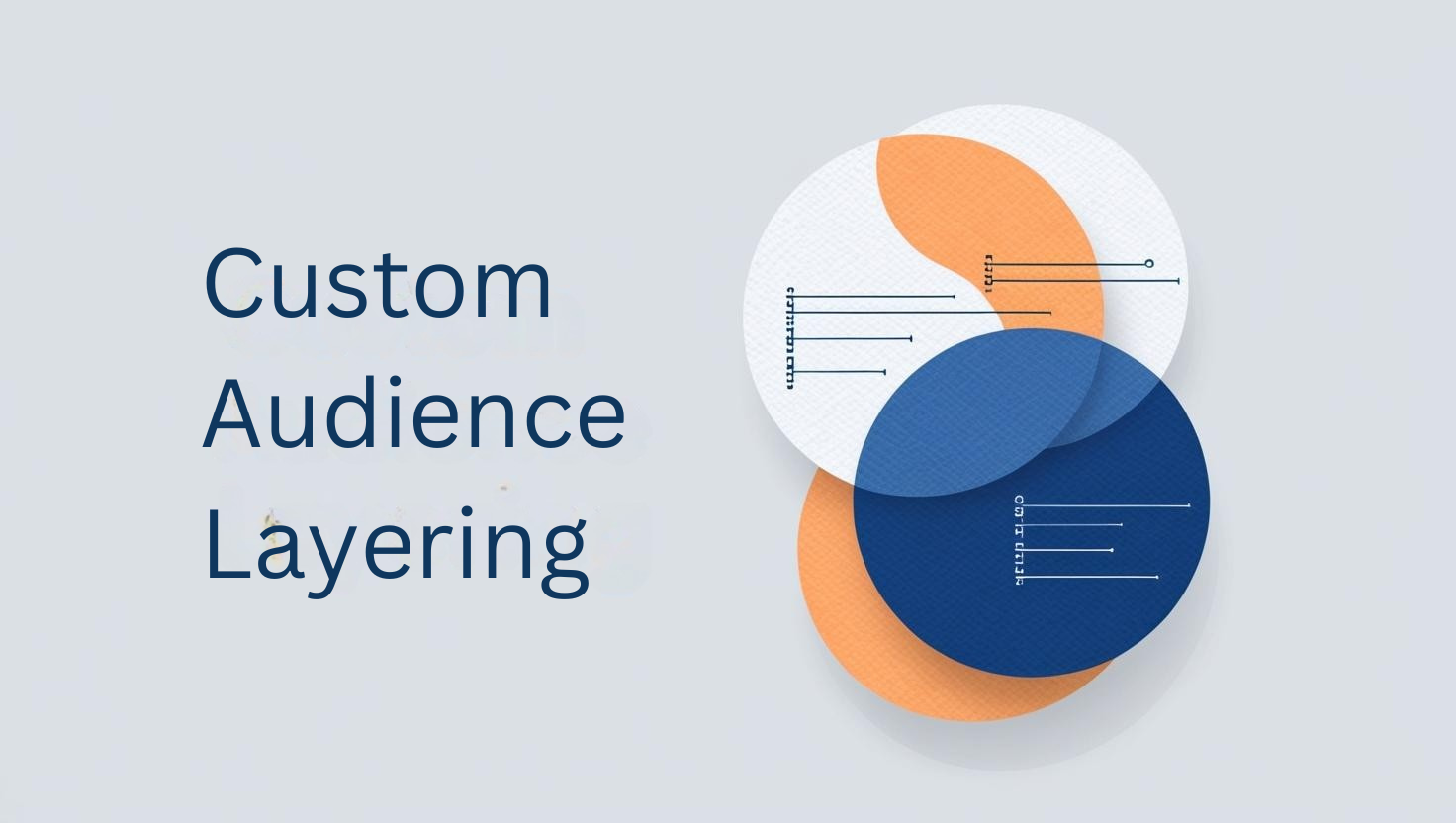
1. Build and Layer Custom Audience Segments
Effective DSP campaigns start with deep audience understanding. Begin by gathering first-party data from your Amazon storefront, CRM, email lists, and any other customer touchpoints. Use this information to create custom segments—such as high-value repeat purchasers, cart abandoners, or subscribers to your loyalty program. Next, layer these custom segments with Amazon’s in-market and lifestyle audiences to refine reach. For example, combine your “repeat purchasers” list with an “outdoor enthusiast” segment if you sell camping gear, or merge “recent buyers” with “new parents” if your products cater to infants. By building these layered segments, you increase relevance and reduce wasted impressions. Finally, test different combinations of segments in separate DSP line items, allowing you to track performance and optimize bids for each group. Over time, you’ll identify which audience mixes drive the strongest return on ad spend and can allocate more budget accordingly.
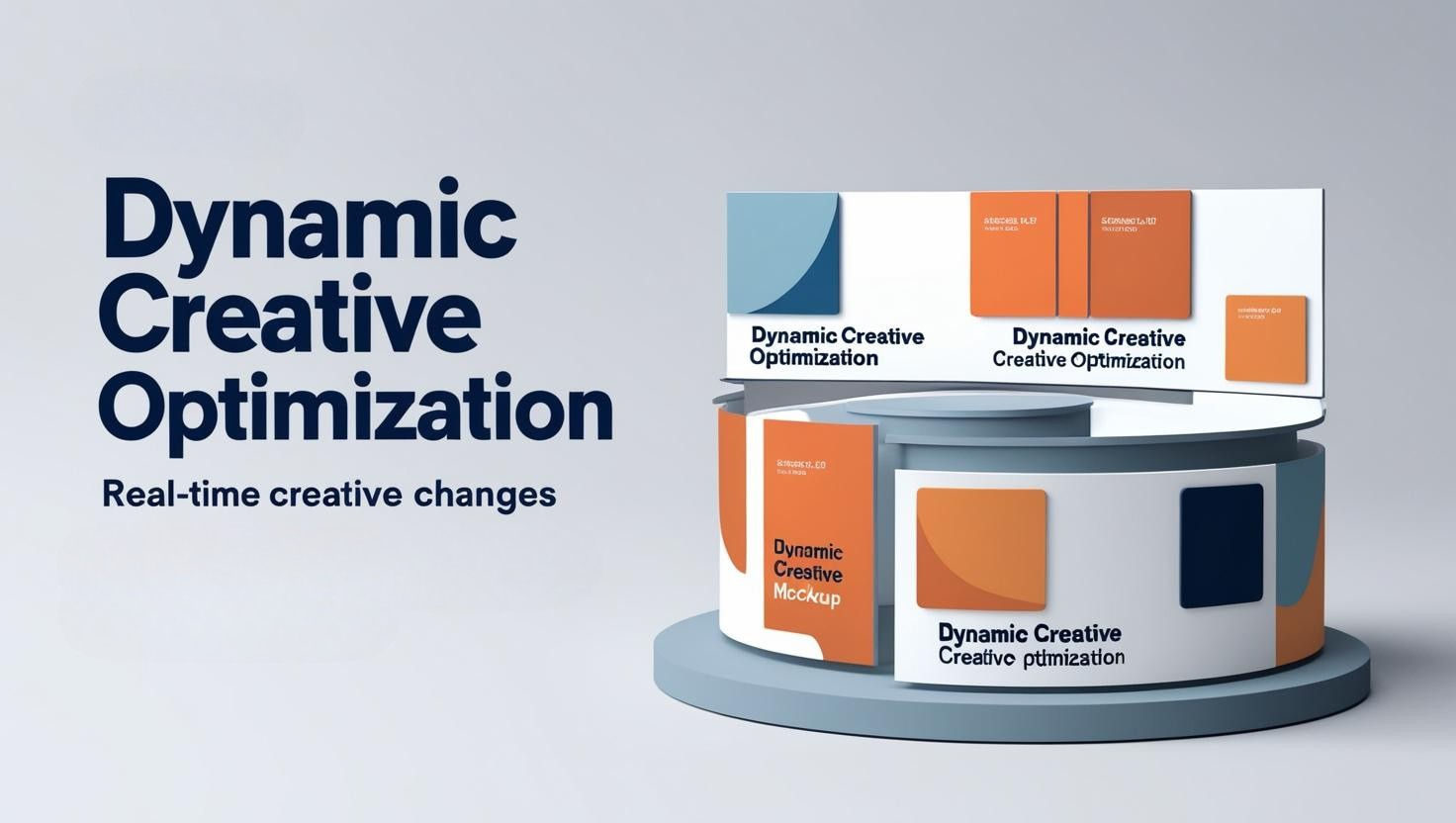
2. Implement Dynamic Creative Optimization (DCO)
Dynamic Creative Optimization is a game-changer for personalized messaging at scale. Instead of deploying a single static banner or video, DCO uses real-time data signals—such as time of day, device type, and shopper behavior—to choose the best combination of headlines, images, and calls to action. Start by developing a suite of creative assets: product photography, lifestyle imagery, short-form video clips, and concise headline variations. Then, configure your DSP to assemble these assets into tailored ads based on audience attributes and contextual triggers. For instance, show a detailed product shot to a “research” segment browsing on desktop, while serving a lifestyle video to a “high-intent” mobile shopper. As the campaign runs, DSP’s reporting dashboard will reveal which creative combinations resonate most with each segment. Use these insights to refine your asset library, pause underperforming creatives, and reinvest in top performers—ultimately reducing frequency fatigue and improving engagement metrics.
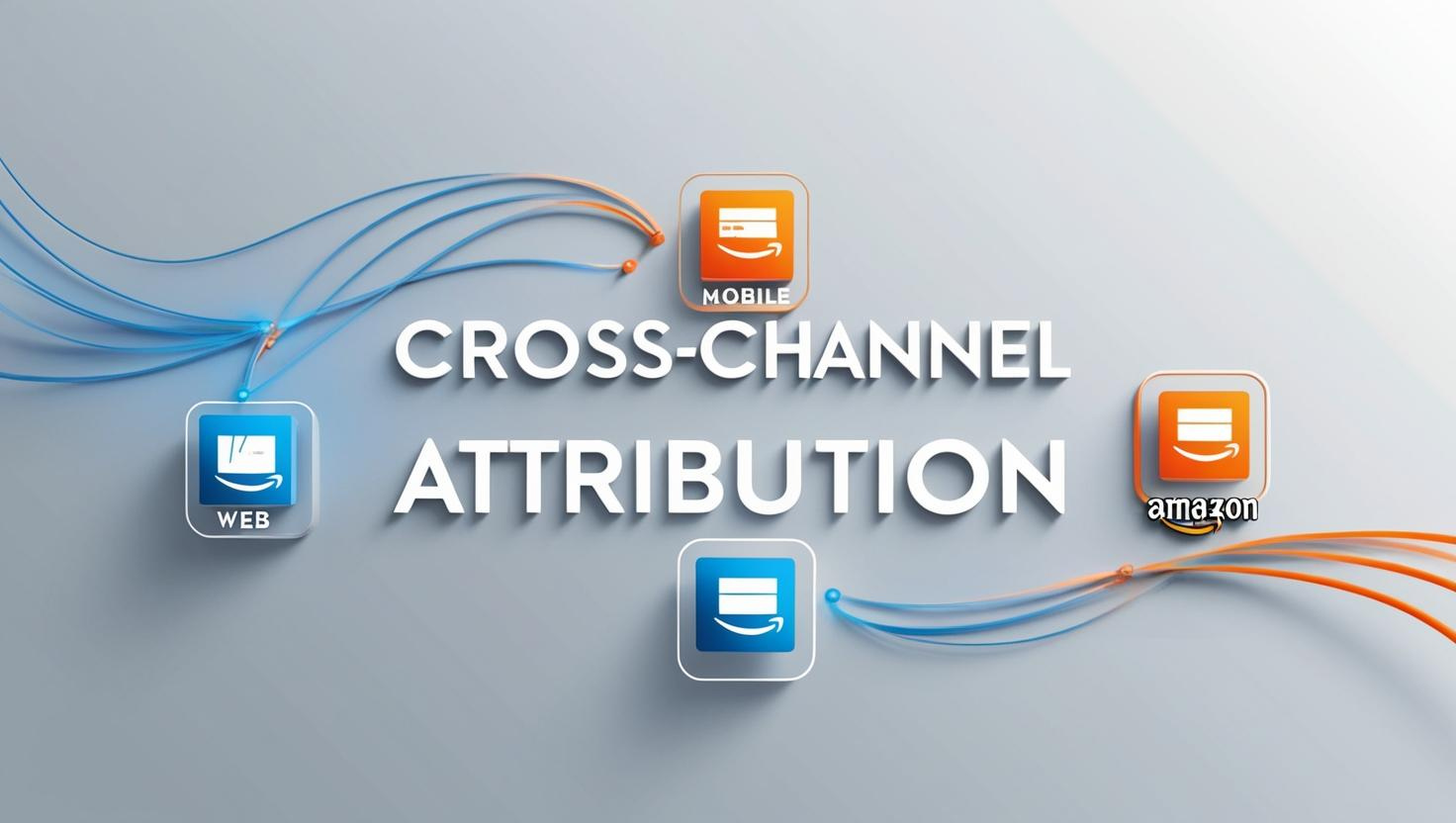
3. Leverage Cross-Channel Attribution and Optimization
One of the most compelling advantages of Amazon DSP is its access to holistic attribution reporting across both Amazon and third-party inventory. Rather than viewing DSP in isolation, integrate its performance data with your broader advertising ecosystem—such as Sponsored Products, Sponsored Brands, and external campaigns on social or display networks. Establish clear attribution windows (for example, one-day, seven-day, and thirty-day view-through and click-through metrics) to capture the incremental lift generated by DSP. Use Amazon Attribution tags on your other marketing channels to track downstream conversions and revenue. With this cross-channel data in hand, apply a test-and-learn framework: pause or scale DSP line items based on their incremental contribution, reallocate budget toward high-impact audiences, and continually refine your bidding strategy. By viewing DSP as an integrated component of your overall mix, you’ll uncover synergies, diminish wasted spend, and achieve more granular control over your total advertising ROI.
Final Thoughts
Amazon DSP represents a significant leap forward for sellers seeking to elevate their marketing efforts beyond keyword-centric PPC campaigns. By tapping into Amazon’s extensive shopper data, programmatic buying capabilities, and dynamic creative tools, brands can craft highly personalized, cross-channel experiences that drive both awareness and conversion. While the initial setup may require more planning and coordination than traditional PPC, the strategic gains—from broader reach to refined attribution—make it a compelling option for those committed to long-term growth.
As you embark on your DSP journey, remember that success hinges on rigorous testing and continuous optimization. Start with well-defined custom audiences, experiment with dynamic creatives that speak directly to each segment, and measure performance in the context of your entire marketing ecosystem. Over time, you’ll develop a playbook for which audience combinations, creative formats, and attribution windows deliver the greatest incremental impact. Armed with these insights, you can confidently scale your DSP investment, unlock new channels of revenue, and maintain an edge in Amazon’s ever-evolving marketplace.
Ultimately, advanced targeting with Amazon DSP isn’t about replacing PPC; it’s about expanding your toolkit and gaining a multi-dimensional view of shopper intent. By integrating DSP into your ad strategy, you’ll not only reach the right shoppers at the right time but also deepen your understanding of how each touchpoint contributes to the customer journey. Embrace these three key strategies—audience layering, DCO, and cross-channel optimization—and you’ll be well positioned to achieve sustained efficiency, profitability, and growth.
Any follow helps us out a lot – Thank-You!
If you like this article and want to explore further insights, discuss collaborative opportunities, or simply connect, please feel free to reach out to me on any of the following :
Work With Us
Hire Us on fiverr
Hire Us on upwork
🔴Book a FREE PPC Audit🔴


